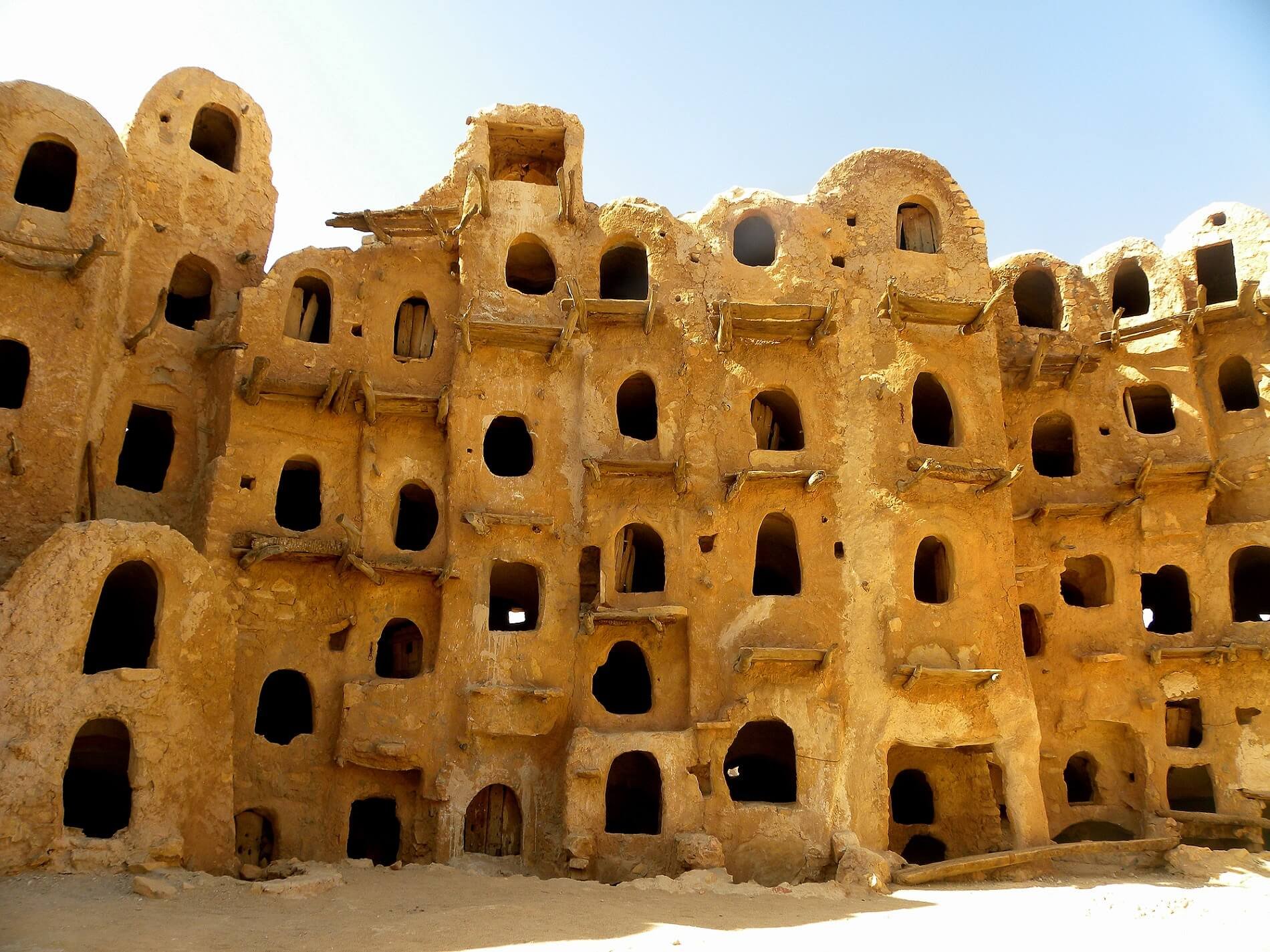The Italian Institute for International Political Studies has published a report from the Rome 2017 Mediterranean Dialogues that was held over the weekend. The compendium of essays contains an article by Arturo Varvelli titled “Through the strains: a viable roadmap for Libya?”. In the piece Varvelli explores the complex dynamic internally and externally in Libya and suggests:
…it would be incorrect to reduce the country’s problems to the confrontation between Haftar and al-Serraj, as a number of other factors are currently affecting the Libyan scenario. In a context of evolving and transforming alliances between the various factions, it is unlikely that a single faction could militarily prevail over the others and unify the country under its control. Similarly, despite the system of alliances that allowed Fayez al-Serraj to become President, the PC does not seem to be in a position to fully control even the Tripolitania region in which it is based. A number of militias in Tripolitania appear more and more to be acting independently from the PC, even though they are formally part of it. Other important forces in Libya hold different and at times unpredictable positions. In the south, political and ethnic fragmentation dominates. The historical tribal order was overturned and the Qadhafa tribe, which led the region under Qaddafi’s regime, suddenly left the door open to other groups. The disruption of the political and tribal order has generated repeated waves of conflict among Tebu, Awlad Sulaiman, Warfalla, and Tuareg tribes, all vying to control illicit trafficking. Tripoli authorities have sought to provide assistance, most significantly using Misrata’s militias as a pacifying element but they have not succeeded, and the Fezzan region today is characterised by increasing fragmentation.
Click here to access the full report or here to read the article by Arturo Varvelli.

